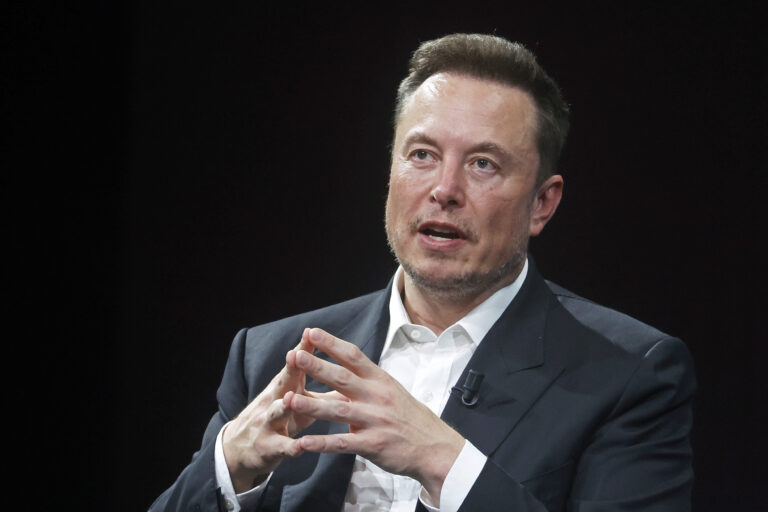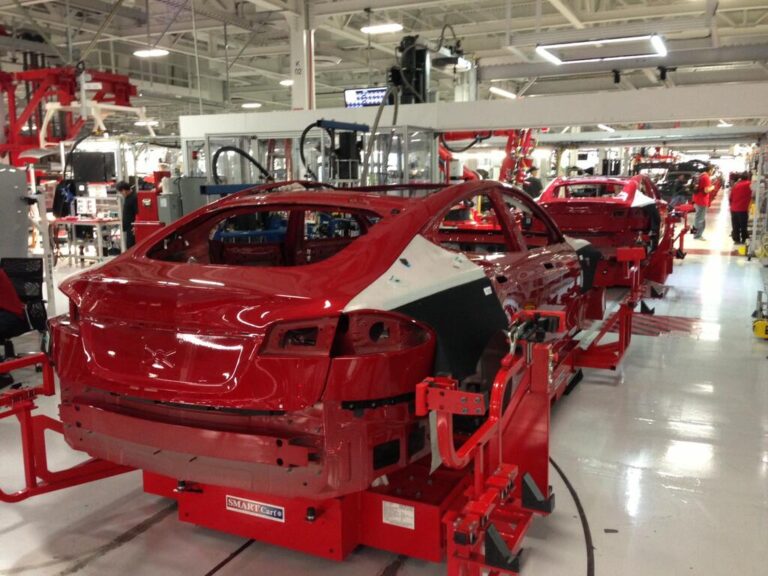Tesla Raises 2023 Spending Forecast as it Ramps Up Production
Tesla has raised its capital expenditure forecast for 2023. It is mainly related to the fact that the company is increasing production volumes at its factories, building new ones, and is engaged in the development of various innovative projects and technologies.
Tesla raises capital expenditure
Tesla continues to grow at a rapid pace, expanding its business around the world. Along with this, the manufacturer also increases its capital expenditure. According to Form 10-Q filed with the Securities and Exchange Commission, Tesla predicts it will spend between $7 billion and $9 billion in 2023. This is higher than its previous forecast of $6-8 billion. It maintained the spending outlook for the next two years at $7 billion to $9 billion.
“We currently expect our capital expenditures to be between $7.00 to $9.00 billion in 2023 and in each of the following two fiscal years.”
Tesla’s spend is influenced by many variables
The Texas-based manufacturer explained that its capital expenditure is usually difficult to predict beyond the short term. This is due to Tesla having a large number of major projects in various fields. This means that at any moment—in any of the directions it works—market conditions can change, which in turn can affect Tesla’s capital spend.
Tesla is growing
The company explained that it is simultaneously ramping new products, ramping manufacturing facilities on three continents, piloting the development and manufacture of new battery cell technologies, and investing in autonomy and other artificial intelligence enabled products. This means the pace of its capital spend may vary depending on the overall priority across these projects. It is also worth considering that, in addition to the already announced projects under development, the company also has those that have not been announced to the general public.
Tesla expects its ability to be self-funding to continue
In the 10-Q form, Tesla explained that its business has recently consistently generated cash flow from operations that exceed the level of capital expenditures. Better working capital management results in shorter days sales outstanding than days payable outstanding, and company sales growth is also facilitating positive cash generation. Tesla has and will continue to use such cash flow to, among other things, increase vertical integration, expand its product plan, and provide financing options for its customers.
Tesla wrote that, on the other hand, it is likely to see an increased level of capital expenditures in certain periods. This will depend on the specific pace of its capital-intensive projects, rising material prices, and increasing supply chain and labor expenses resulting from changes in global trade conditions and labor availability associated with the COVID-19 pandemic. The company expects its ability to be self-funding to continue as long as macroeconomic factors support current trends in its sales.




